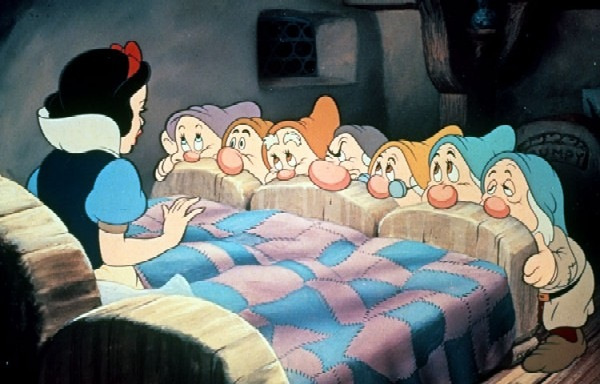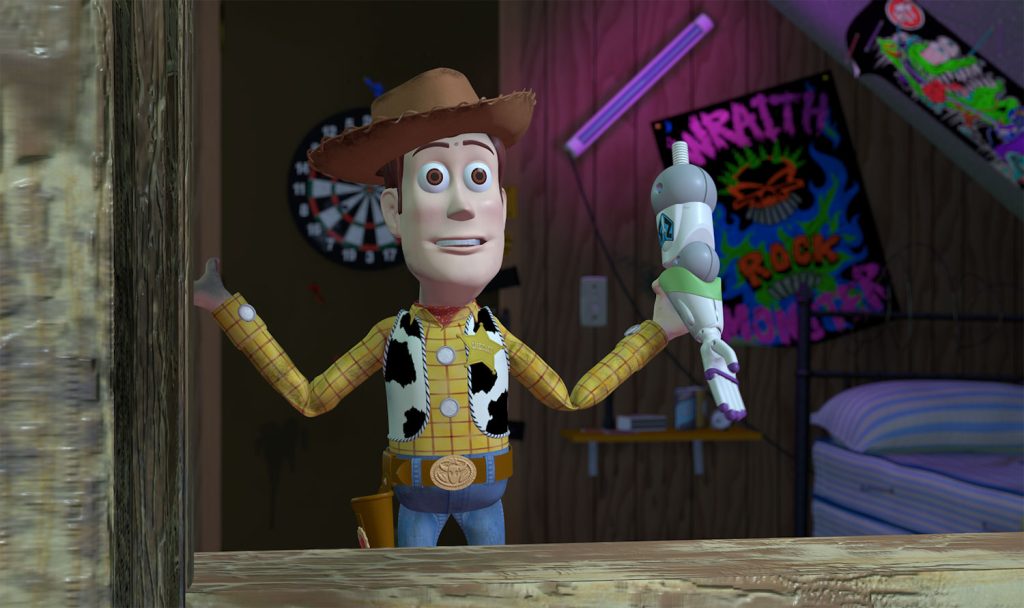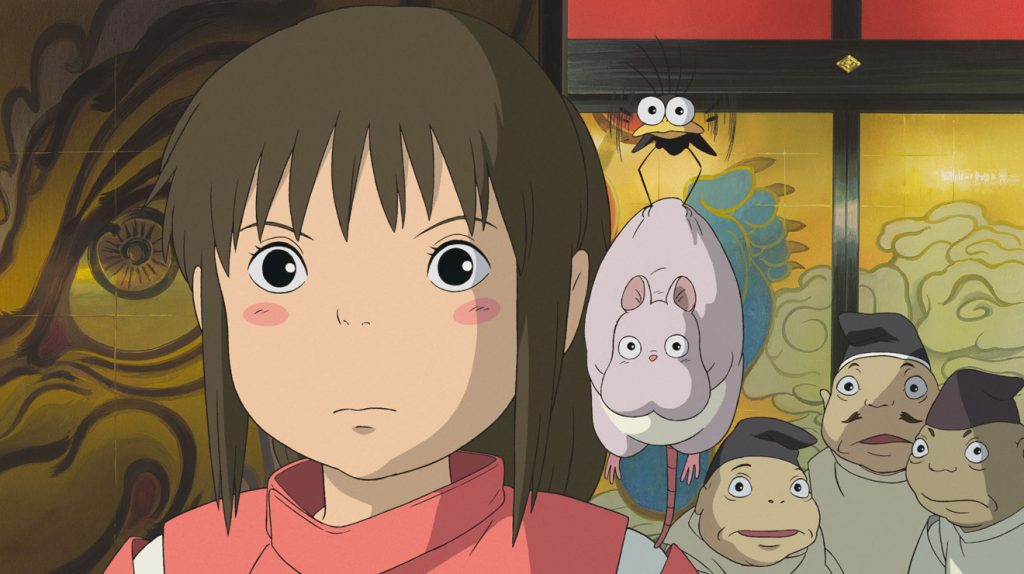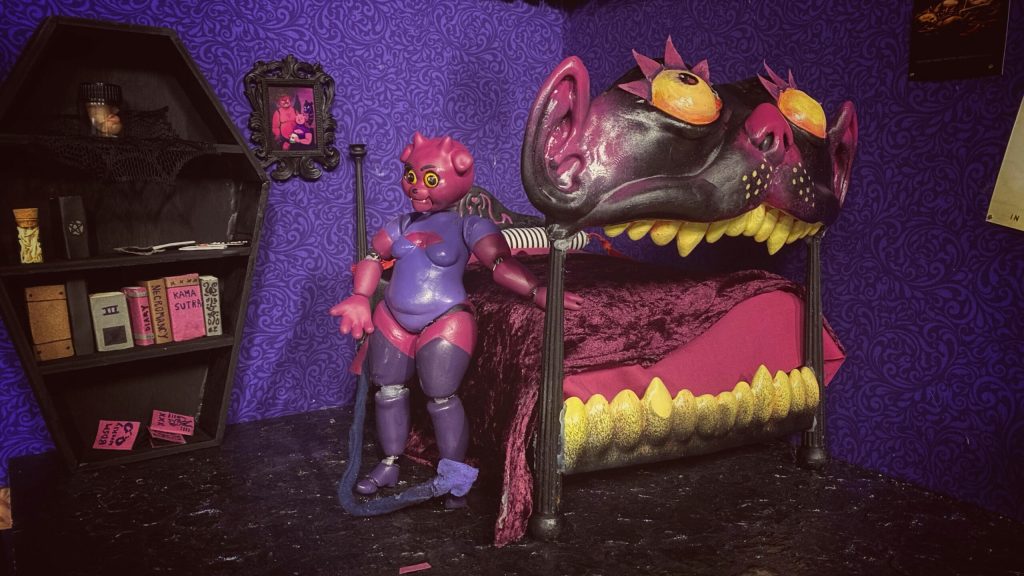Animation transforms static images into a vivid fabric of motion that captivates audiences throughout the world. This art form goes beyond ordinary entertainment, providing a distinct combination of storytelling, artistry, and technological capabilities. Animation has continually pushed the outermost limits of visual narrative, starting with simple flip-books and progressing to today’s multilayered digital animations. It carries us to worlds restricted only by our imagination, where everything is feasible. This narrative trip across animation art history demonstrates not just breakthroughs in technology, but also the never-ending human desire to make dreams come true. Animation unites us with each frame and tale, representing our common moments and cultures in a dynamic, constantly shifting medium.

The Early Years: Pioneering Moments
The journey of animation art began in the late nineteenth and early twentieth centuries, with pioneers such as Emile Reynaud and Winsor McCay paving new ground. Reynaud’s Praxinoscope and McCay’s Gertie the Dinosaur were not only the greatest technological achievements of their day, but they furthermore established the fundamental principles of story-telling and character animation, which artists head on to build today.

Iconic Works and Studios
Walt Disney Studios, launched in the 1920s, became a symbol of animation, generating notable figures like Mickey Mouse and motion pictures such as “Snow White and the Seven Dwarfs.” The studio’s pioneering mentality expanded the limits of what animation could do, establishing emerging norms for quality and originality that impacted the next wave of animators.

The Creative Process Unveiled
Creating animation art is a laborious and time-consuming endeavor which consists of several stages such as story-boarding, character design, and frame-by-frame animation. Traditional animation used hand-drawn images, but today’s methods use computer-generated imagery (CGI), which combines creative expertise with the latest technology to contribute to complex worlds and characters to life.

Technological Advances in Animation
The launch of computer animation art. Tools like Adobe Flash and CGI enabled more fluid motions and lifelike textures, revolutionizing the industry. Pixar’s “Toy Story,” the first full-length CGI feature film, demonstrated the vast possibilities of digital animation.

The Rise of Global Animation
Animation art is widely recognized all across the world. Japanese anime, known for its brilliant artwork, fanciful concepts, and diverse genres, has s strong international fan base. Studios such as Studio Ghibli have created highly praised films like “Spirited Away,” which demonstrate animation’s global language.

Independent and Experimental Animation
Independent, experimental animators push artistic frontiers. They use stop-motion, abstract shapes to express new tales. This allows for original, unconventional storytelling methods. The medium is expanded in innovative, creative ways. Boundaries are challenged and redefined by these artists. These creators frequently tackle complicated issues, stretching the boundaries of animation art and its capacity for storytelling.

The Future of Animation Art
As technological developments continue, it also affects the realm of animation art. Augmented and virtual reality, and artificial intelligence are generating novel possibilities for artists by providing engaging and intriguing experiences. The future of animation is filled with unlimited opportunities, promising a future that keeps engaging audiences with its unique combination of creativity, narrative, and innovation.
As we draw the conclusion of our quest to discover the bright world of animation art, we glance at it as a continually evolving canvas. Every era provides new approaches and cutting-edge stories that represent transformations. In society and technical process. Pioneers such as Walt Disney and Hayao Miyazaki laid down lofty standards, inspiring countless creators. Today, animation is more than simply a kind of entertainment; and cultural exchange. It bridges barriers by providing varied tales to worldwide audiences, promoting understanding and empathy. As we glance ahead, the possibility for virtual and augmented reality offers even greater immersion experiences. Animation, with its long tradition of creativity and invention, enables us to imagine, explore, and create without boundaries. Its future, powered by creativity and technology, offers limitless opportunities for artists and fans alike.







